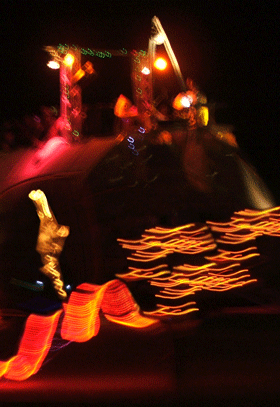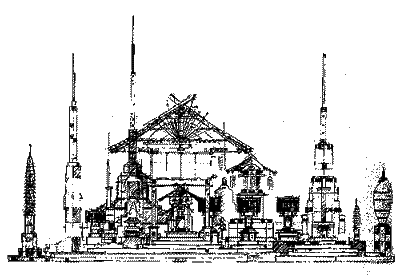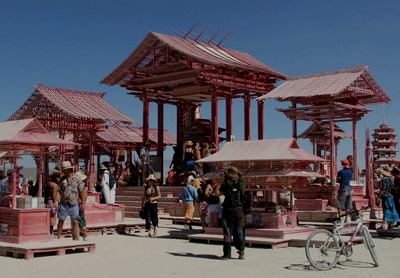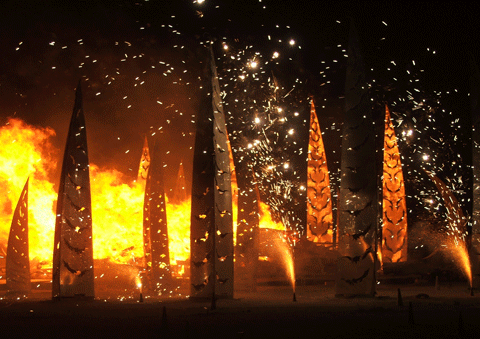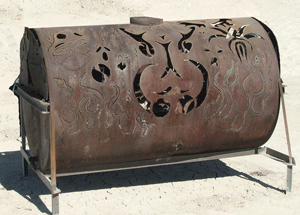Tales of a 21st Century Gypsy
September 6, 2005 Burning Man: The end of the world.
The last few days of Burning Man felt like the end of the world, something from a horror story where society is simply unraveling. The man burned Saturday night, amid great festivity and excitement and a lot of fireworks. Everyone was out in their finest costumes, draped in multi-colored lights and glow sticks and “flashy-blinkies.” The party lasted most of the night; some people were still going when I made it to my morning shift selling coffee at Center Café Sunday morning.
But by Sunday night the mood had changed. All day people were packing and leaving, and the camps were thinning out. In a rather inconvenient tradition, after the man burned people stole the street signs as souvenirs. Telling the dusty streets apart became increasingly difficult, especially in the dark. Landmarks were disappearing as well. I knew how to find my way back to BusCamp from the toilets by heading towards two brilliant blue lights that shone beyond us. By Sunday night they were gone, though. I found myself following the shadow cast by the porta-johns themselves in the glare of a flood light half a mile away.
